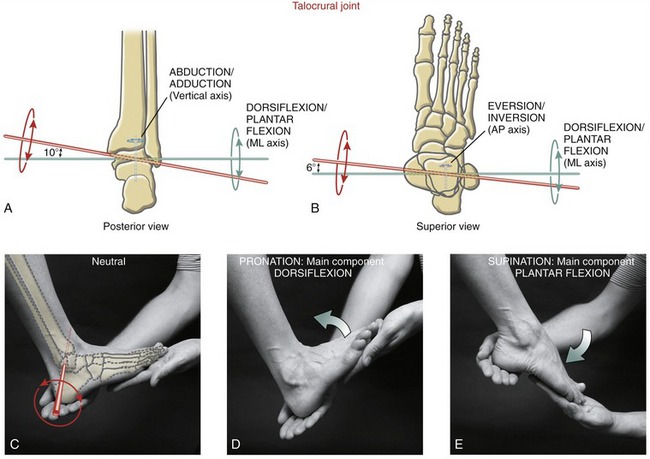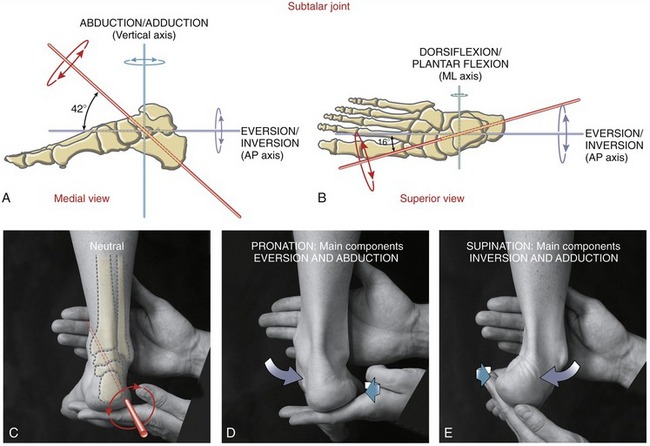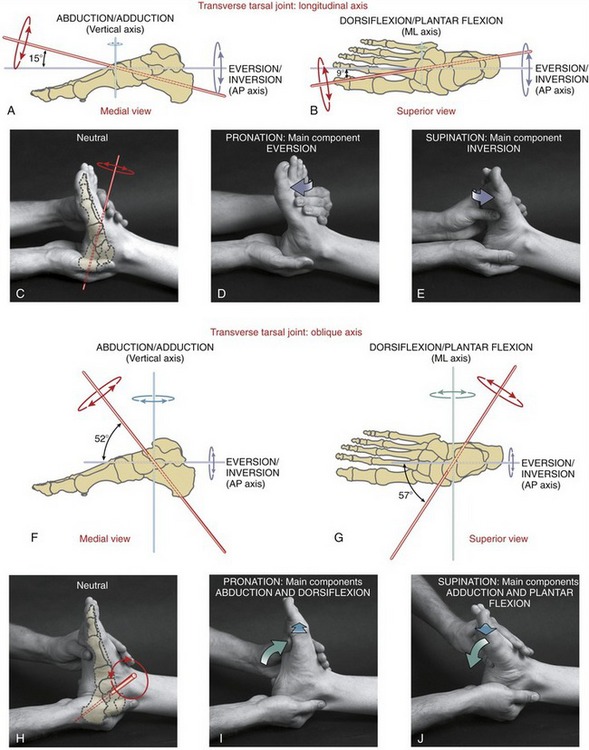As further research is produced and reviewed on footwear and foot mechanics, the concept of stability are constantly being redesigned. Since the beginning of my career and schooling, I have admired Simon Bartold's work first at Asics then progressing to others including Salomon. The Predict RA is influenced by both his work as a world renowned podiatrist and biomechanist as well as other great minds at Salomon. The goal was to create a smooth, stable and cushioned ride that adapts to your foot (not the other way around). Let's discuss how the Predict RA lives up to that goal.
Specifications (per Running Warehouse)
Weight: 8.5 oz (men's size 9)
Stack Height: 27mm / 19 mm
Drop: 8mm
Classification: Lightweight Road Trainer
FIT/UPPER
The fit of the Salomon Predict RA is true to size length wise but flexible and wider throughout. It is not Altra wide but sits on the edge between medium and wide widths. The forefoot is slightly wider with a more square toebox fit. There is still a taper at the toe box however, but the toe guard is flexible and comfortable. The midfoot sits a little wider than most shoes, but the laces will easily adapt to how much width you want. There is a very mild, low and flexible heel counter. Most of the posterior section of the shoe is flexible and comfortable. There is not additional pressure, just a thin and flexible heel collar that will adapt to your ankle shape.
RIDE/MIDSOLE
The ride of the shoe is consistent and smooth no matter where you land. There is plenty of foam underfoot and the ride is initially firm but breaks into to a medium cushion ride. The ride is very smooth thanks to the podular design attempting to line up with the joints of the foot. For a shoe with this much cushioning, there is a great deal of flexibility throughout the shoe. This is not a Nike Free as it is far more stable and keeps flexibility mostly in the forward direction. The heel drop is listed at 8mm drop and that is how it feels. Not too low but not too high.
STABILITY
There are no traditional stability elements in this shoe. However, the ride is stable in an adaptable way. There is a guidance line throughout the shoe that is subtle but does provide support when fatigue sets in. The flexibility in the shoe is designed around the joints of the foot. This is achieved thanks to a podular design. So the more you need them, the more guidance you get. While no post is evident and the arch is medium height, there is a gentle sense of being moved in the right direction. Those with extreme stability needs may find enough in the Salomon Predict RA, while the rest of us will find an adaptable shoe that will work for those used to shoes in the neutral, mild stability and moderate stability category.
SPEED
While the Salomon Predict RA is on the lighter end and sits in the lightweight trainer category, this shoe is best for longer miles, normal training miles and recovery runs. The stable ride lends itself well for mileage, but the sole lacks the pop required for higher speed runs. I have used this shoe for a few fartlek runs and strides but find it most at home with the training runs mentioned above.
DURABILITY
As a Salomon shoe, the outsole is extremely durable. After 74 miles, I have barely any wear despite using the Predict RA on both road and trails. The outsole has great traction that makes it suitable for road runs, wet terrain and a variety of trail runs. However for aggressive and rocky trails, there are better options.
THOUGHTS AS A DPT
Given that the Salomon Predict RA is trying to provide stability based on the joints of the foot, we should discuss what those joints are and what motions that contribute to. The talocrural joint is the primary proximal joint of the foot/ankle complex. This joint is made up of the where the talus (one of the ankle bones) meets the fibula and tibia bones. The primary motions allowed at this joint are dorsiflexion and plantarflexion. Like the other joints of the foot, the talocrural axis is not purely in one plane. Although it has mostly sagittal plane motion (Front to back), the axis is oblique and also allows some degree of adduction/abduction and eversion/inversion.

The following images are from Dr. Donald A. Neumann's fabulous book,
with the 3rd addition published in 2016
The subtalar joint sits below the talocrural joint and is one of the primary sites for inversion and eversion of the foot and ankle. Although pronation and supination are multiplanar and multi joint motions, the subtalar joint is thought to contribute a great deal to these motions. The subtalar joint also does not sit in any traditional axis, but has more motion in the frontal plane than other joints (side to side)

The transverse tarsal joints, known as the talonavicular and calcaneocubiod joints are found further forward than the previous two joints. The talonavicular makes up the medial component of this joint while the calcaneocuboid joint makes up more of the lateral component. Thus there are two joint axis: a longitudinal and oblique axis. The longitudinal axis contributes further to eversion and inversion while the oblique axis contributes to most of the abduction and adduction of the foot.

Finally, there are the many metatarsophalangeal and phalangeal joints (forefoot and toes) that primarily provide joint motion in the sagittal plane, allowing that forward roll of the toes.
The key point with the Salomon Predict RA is the podular midsole design. The sole is highly decoupled, allowing each part to move independently and is lined up with the major joints of the foot. The concept as stated by Simon Bartold is that because of the decoupling and the imitation of the major joints of the foot, is that no matter where you land, the shoe will adapt to your footstrike and provide the right amount of support. Research was done by the Salomon Lab and although I have not seen it, is stated at reducing frontal plane knee motion by 12% and subtalar eversion by 4% (apparently compared to other non-Salomon shoes). I personally would love to see the research behind this and applaud Salomon and Simon Bartold for trying something different. It is better to work with the foot than against it, so hopefully others will continue to take not and try not to force the foot to do anything excessively.
WHO THIS SHOE IS FOR (Conclusion)
For those looking for a medium cushioned, flexible and uniquely stable ride that can handle a variety of surfaces, the Salomon Predict RA is worth a look. Although a bit pricey at $160, this is a interesting take on stability that is worth checking out for longer, easy or recovery miles. The fit is slightly wider, but should fit a variety of foot types due to the adaptable lacing. I applaud Salomon and other companies redefining what stability means and look forward to this continued evolution.
Similar Shoes
Nike Free - The Salomon Predict RA is a unique shoe, but most closely relates to the Nike Free. However, the Nike Free is not stable in any form as it is flexible in many directions (and has flexibility in parts of the foot that are not flexible). The Salomon Predict RA is far more midsole and feels more protective. The current Nike Free line up are much more flexible, close to the ground and actually fit more snug now.
GRADING
Fit/Upper 9/10
Ride/Midsole 8/10
Stability 10/10
Speed 6/10
Durability 10/10
Total Score: 86%
Thanks for reading!
Editor's Note: As always, the views presented on this website belong to myself or the selected few who contribute to these posts. This website should not and does not serve as a replacement for seeking medical care. If you are currently injured or concerned about an injury, please see your local running physical therapist. If you are in the Los Angeles area, I am currently taking clients for running evaluations.
Dr. Matthew Klein, PT DPT OCS FAAOMPT
Doctor of Physical Therapy
Board Certified Orthopedic Clinical Specialist
Fellow of the American Academy of Orthopedic Manual Physical Therapists
Doctor of Physical Therapy
Board Certified Orthopedic Clinical Specialist
Fellow of the American Academy of Orthopedic Manual Physical Therapists
***Disclaimer: These shoes were provided free of charge in exchange for a review. We thank the people at Salomon (especially Emily) for sending us a pair. This in no way affected the honesty of this review. We put at least 50-75 miles on trainers and 10-25 miles on racing flats prior to reviewing them. Currently I have 74 miles on my pair. My views are based on my extensive history in the footwear industry and years testing and developing footwear. If you are a footwear rep looking for footwear reviews or consultations on development, we are currently looking to partner with companies to assist, discuss and promote footwear models. Partnership will not affect the honesty of our reviews.
References
1. Neumann, D (2016). Kinesiology of the Musculoskeletal System: Foundations of Rehabilitation. St. Louis, Missouri, Elsevier
References
1. Neumann, D (2016). Kinesiology of the Musculoskeletal System: Foundations of Rehabilitation. St. Louis, Missouri, Elsevier
Like and Follow Doctors of Running
Facebook: Doctors of Running Twitter: @kleinruns
Instagram: @doctorsofrunning Direct Contact: doctorsofrunning@gmail.com
Please feel free to reach out, comment and ask questions!
















